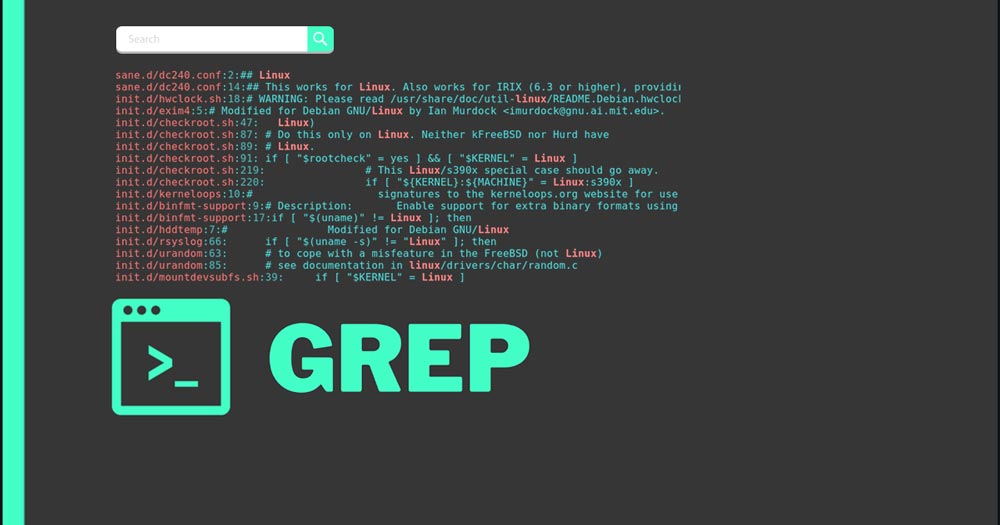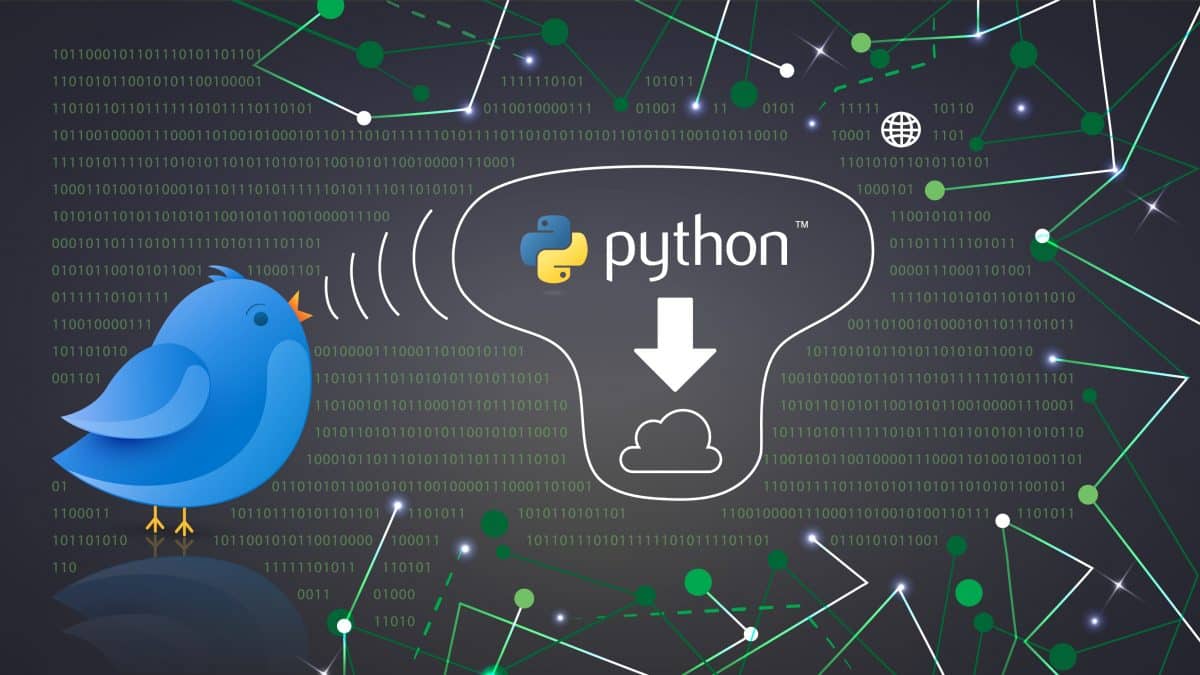Introduction Iptables is a command-line firewall utility. This means that it is software that allows you to configure a firewall on your system. It is typically available by default on Linux systems. In this guide, we will discuss some of the common rules and commands that go with the iptables firewall. Whenever a connection tries to establish itself with your …
Using Grep and Regex to Search Text Patterns
The grep command is a powerful utility to search for patterns in text. It comes pre-installed in any Linux distro. Here is our tutorial that goes over setting up the LAMP Stack -Linux, Apache, MySQL, and PHP. The name grep stands for global regular expression print. The tool searches for the specified pattern in the input. In principle, it sounds …
Installing Python 3 and Setting up a Local Programming Environment on Ubuntu 16.04
Introduction Python is an interactive, object-oriented, and simple programming language which can be used for a plethora of different programming projects. A fun fact is that Python is not named after the python snake but after the comedy television show Monty Python’s Flying Circus. Python is a great language to get started with programming and a great choice for experienced …
View and Manipulate Systemd Logs with Journalctl
System and process logging are just two of the most pivotal advantages of systemd. When logs are dispersed throughout the system, span multiple applications, and are handled by different processes and daemons, they can be challenging to interpret. Systemd provides a centralized solution for managing all of the kernel and userland process logs in a compilation medium known as a …
OAuth 2: An Introduction and Basic Guidelines
What is OAuth 2? The IETF OAuth 2.0 is an authorization framework that aims to give third-party applications limited access to a given HTTP service. A good place to start when trying to learn about OAuth 2 is to go through its specifications. Thus, you can maximize the functionality you get out of it. If you need to access certain …
Extracting Twitter Data Using Python
Twitter is not just an extended source of news, it is by far one of the best samples of the world’s thoughts. With more than 330 million active users, it is one of the top platforms where people like to share their thoughts. Twitter data can be used for a variety of purposes such as research, consumer insights, demographic insights, …
NASDAQ Per Minute Data Using Python
If analysis is the body, data is the soul. In our project of stock market analysis based on Twitter sentiments, we selected a few sample companies. We decided what we needed but we still had to cast some spells to get to the core data. As much as we dream about attending Hogwarts, we can’t simply say ‘Accio’ to make …
Storage management with automatic periodic snapshots
A while ago, we introduced the ability to take snapshots of a drive. This is a very handy feature that allows you to quickly and efficiently save drive states even on live systems. Thanks to ZFS, automatic snapshots will only consume the delta between the current state and where the snapshot was taken. This means that if your original drive …
Introducing server contextualization
We’re excited to announce the support for server contextualization. This means that you can post various meta data to either your server or drive definition (via the API), and then read it back from within the actual server. This has been a popular feature request, since it is applicable to a wide array of tasks. Two of the most common …









